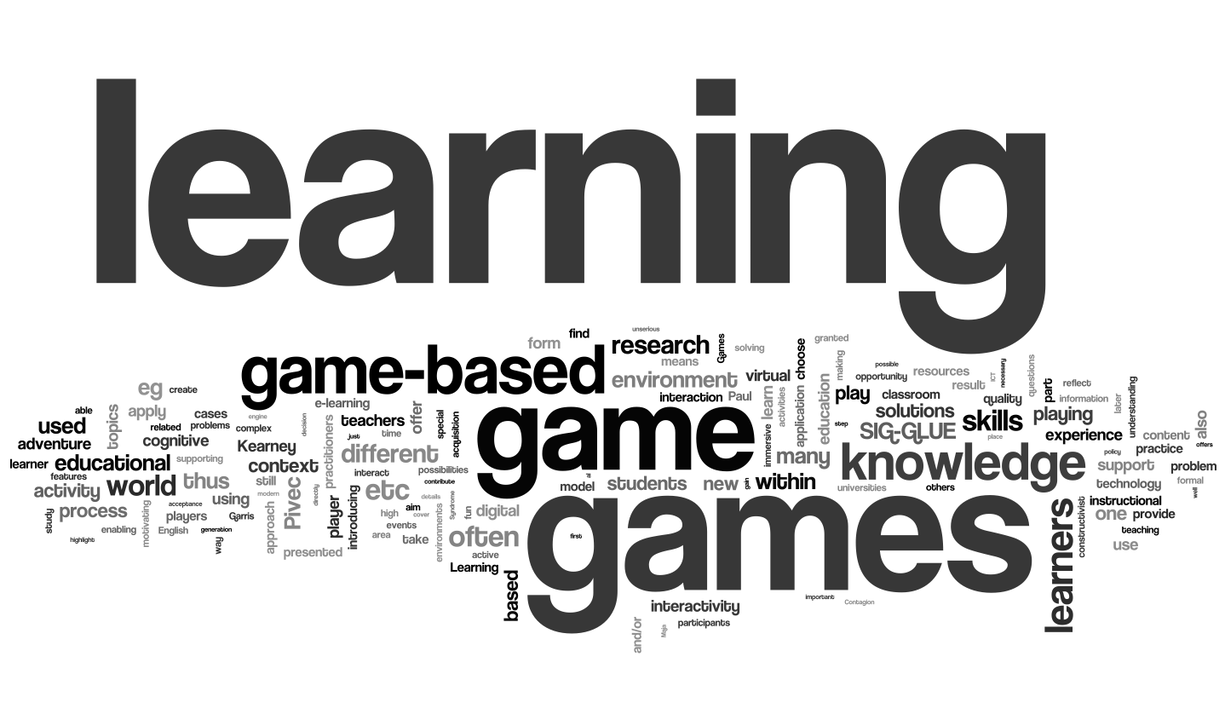In modern accelerated classrooms and training rooms, game based learning has become an effective tool to accelerate the way students think and retain. Game-based learning is more than play and enjoyment—it provides students with a method of deep thinking, problem solving, and being focused for longer periods of time. Game-based approaches are different from conventional instruction in that they develop experiences that polish thinking while making learning stick in the brain.
- Activating the Brain through Play: Games naturally have challenge, reward, and decision-making built in. The model engages the brain’s problem-solving areas, compelling students to deliberate thoughtfully about every action. Putting students into the position of having to decide in order to move forward or get ahead pressures them into learning patterns, predicting outcomes, and making wiser decisions—all vital components of effective critical thinking.
- Longer-Lasting Motivation: Games are fascinating. They’re more fascinating than lectures and reading. That greater level of engagement keeps students working longer on learning and compels them. When interested, they learn ideas quicker and store them more effectively. That is the reason that game experiences have been proven to yield higher retention in every age group.
- Improve Concentration: Game-based activities usually make learners perform several things at once or react quickly. These exercises develop the brain to remain attentive, switch jobs, and react flexibly. This mental flexibility is not merely useful for learning but also problem-solving in life beyond the school walls. By augmenting focus and reaction in the mind, students are in readiness to handle multiple tasks beyond the school walls.
- Making Abstract Concepts Real Experiences: Sometimes ideas in subjects such as science or mathematics are so abstract that they are impossible to understand. Games have the ability to make them tangible. For example, a game on ecosystems can allow students to construct food chains or model population growth. The interactive engagement brings abstract concepts into concrete something that is tangible and they can touch, making it simple for them to remember and comprehend.
- Constructing Cooperative Thinking: Most teaching games are collaborative. Since students are collaborating to create something or are working in teams that are competing against other teams, they learn to communicate, share responsibilities, and consider the multi-dimensional perspective. This develops social knowledge as well as higher-order thinking. Students learn to value more than one point of view, critically evaluate, and make decisions collectively—abilities demanded by every vocation.
- Feedback That Sharpens Thought: Games offer instant feedback. Unlike needing to wait for test results, students feel the consequence of their actions instantly. This enables them to learn immediately from mistakes, refine strategies, and become more analytical. Instant feedback maintains the learning process flowing and dynamic, enabling students to strengthen connections with what they’ve learned.
- Retention through Repetition and Challenge: Games are about doing the same things over again or going through the same problems in different but slightly modified ways. Overexposure strengthens memory. In contrast to rote repetition, students recall because they’ve used information meaningfully. The mind learns far more when it’s linked to action and strategy rather than passive listening and reading.
In conclusion, game based learning in education is not a fad—it’s a smart and proven way of making students think smarter and recall better. Through a healthy climate in which thinking is sharp and learning sets in, it trains young minds for the complex world ahead. As classrooms transform and adapt, game-based techniques are among the most powerful ways of shaping future-proof thinkers.
